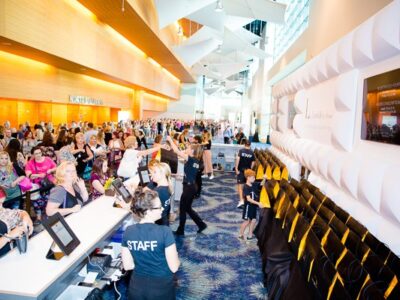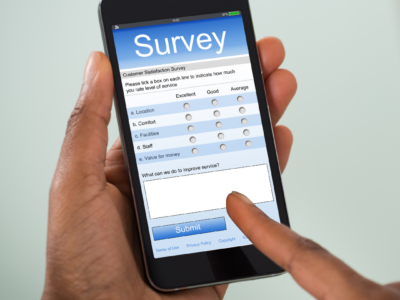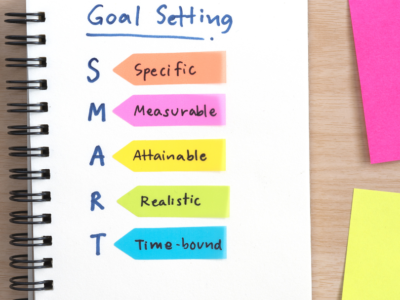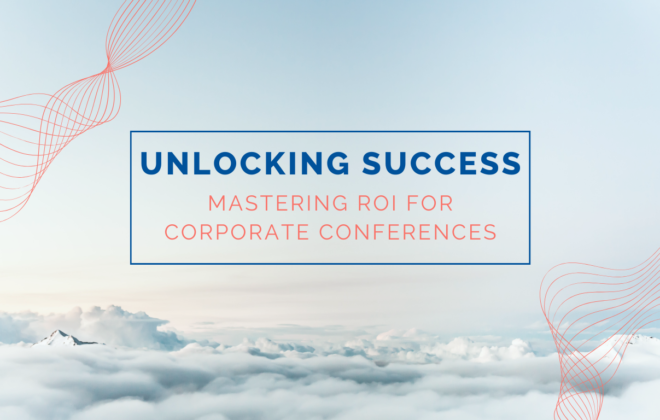Top Five Mistakes in Conference Planning
These top five mistakes in conference planning can be a downfall to any conference or event. Planning requires meticulous attention to detail, and even the slightest mistake can lead to unexpected difficulties.
It is essential to be aware of these common mistakes in order to ensure that the event runs smoothly and successfully.

Underestimating Attendance
Without an accurate estimate of how many people will attend, you may not have enough resources for the conference.
To ensure an accurate estimate of attendance, it is important to reach out to attendees in advance. This can be done through email, social media, a registration system, or even through traditional mail.
Gathering as much information as possible will help you get a better idea of the level of attendance you can expect. Once you have a good estimate of how many people will be attending, you can adjust your counts accordingly.
Attendance can affect not only the budget but the seating in each space, counts for promotional items, and more!

Not Reviewing Budgets from the Previous Year’s Program
It’s important to review the budget from the previous year’s conference program to ensure that you are adequately prepared and making the best decisions possible based on budgetary guidelines. (Click here for a sample budget)
- Using the previous year’s conference budget, you can start to create a list of expenses. Make sure to include line items for each of the following:
Per person expenses: This should include registration fees, flights, transportation to the hotel, lodging, and any other costs associated with attending the conference. - Food and beverage: This should include the cost of food and beverages for each day of the conference, as well as any additional costs for catering if you hold events offsite.
- Marketing and promotional materials: This should include costs associated with creating and distributing fliers, attendee bags, signage, branding, and other marketing materials.
- Décor, Entertainment, Teambuilding: This should include costs associated with setting up and decorating the conference space, events, galas, welcome receptions, etc., and providing entertainment or activities for guests during the conference.
- Offsite events: Venue fees, catering, entertainment, activities, games, and transportation should all be included in this budget line item
Want more information on how to stay on budget? Read more here

Not Surveying/Polling Attendees After Events
Gathering feedback from attendees after a conference can help you get a better idea of what went well and what needs improvement for future events.
Tips for Surveys:
- Create a survey that includes questions about the goals of the conference so you can better understand if you’ve achieved them.
- For example, if the goal of the conference was networking, ask questions about how well the conference did at providing opportunities to network with peers. Ask how the planners could do better to improve for next year as well.
- Ask attendees questions about conference aspects they liked or didn’t like; which sessions or activities they participated in and what they thought about them; get feedback on food & beverage and ease of access to conference information; find out what they loved and what they hated.
- Include questions about why guests attend the conference and what would make them attend the conference again.
- Distribute the survey as close to the end of the conference as possible so the answers are fresh in the attendee’s mind.
- Collect and analyze the survey data for improvements.
Need Some Help? Let's get Started 👉

Not Setting Metrics for Success
Setting metrics and goals for your events can help ensure that the conference is meeting the needs of attendees and achieving the desired outcome.
SMART goals are Specific, Measurable, Attainable, Relevant, and Time-bound. For example, you might set a goal to increase pre-registration numbers by 20% before sixty days out from the conference date. This goal is specific, measurable (attendance can be tracked), attainable (it should be possible to increase attendance by 20%), relevant (attendance is an important metric for any successful conference), and time-bound (you have set a timeline for achieving the goal). By setting SMART goals, you create a clear goal to work towards and a way to measure your success.

Poor Conference Communication
Without effective communication, attendees may not be aware of important information such as the time and location of the conference. It’s also important to keep all speakers and sponsors informed of any changes that may occur.
- Establish clear chains of communication between the planning committee and conference participants to ensure that all information is shared in a timely and efficient manner.
- Create a detailed plan for the conference and share it with all parties involved. This should include the times and locations of each activity, the topics covered in sessions, locations of useful outlets like restaurants, ATMs, or business centers, and all other relevant information.
- Schedule regular meetings with the planning committee to review progress and make any necessary adjustments.
- Utilize technology to aid in communication between committee members working from different locations, such as video conferencing and shared digital data storage like Google Drive or DropBox.
- Ensure that all conference attendees and participants have access to current information by providing detailed handouts or online resources.
- Regularly check in with the conference participants to make sure that their information is accurate and that all questions or concerns are addressed.
Search By Topic
- Event and Meeting Planning (85)
- Event Design (54)
- Incentive Travel (40)
- Speakers (3)
- Uncategorized (1)



